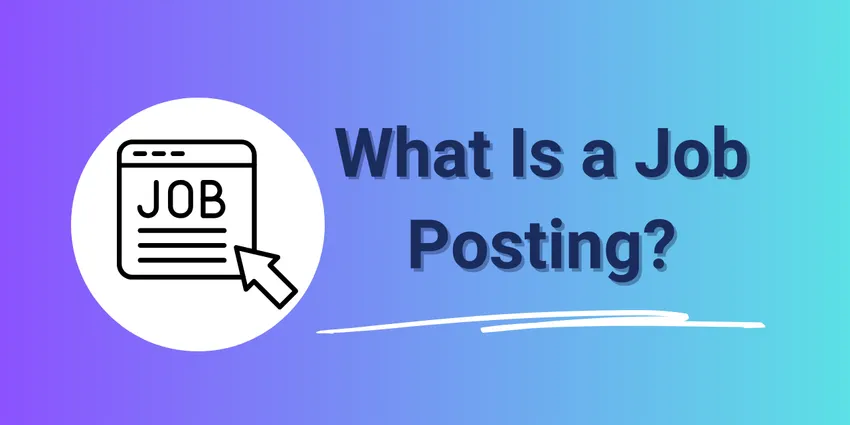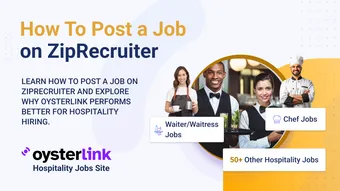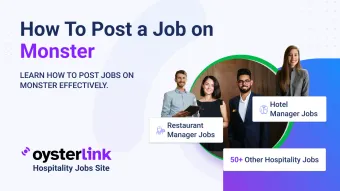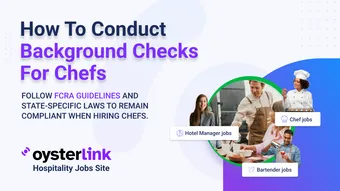What Is a Job Posting Key Takeaways:
- A well-crafted job posting should clearly showcase your company culture, role responsibilities, qualifications and benefits to attract the right candidates.
- Using targeted platforms like OysterLink increases your chances of reaching qualified hospitality professionals.
- Including specific details about salary, benefits and application instructions makes your posting more appealing and facilitates a smoother hiring process.
- Regularly reviewing and optimizing your job postings based on performance metrics ensures you attract high-quality applicants.
Looking to attract the right talent for your business? It all starts with a great job posting. But what is a job posting, and why is it so important?
Simply put, a job posting is your chance to showcase a position and your company to potential candidates. It’s more than just a list of responsibilities — it’s a key part of bringing in the right people.
In this article, we’ll break down what a job posting really is and share tips on how to craft one that grabs attention and helps you find the perfect fit for your team.







Loading comments...